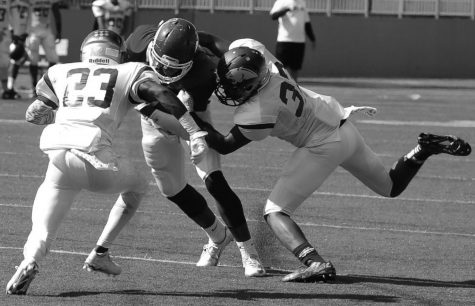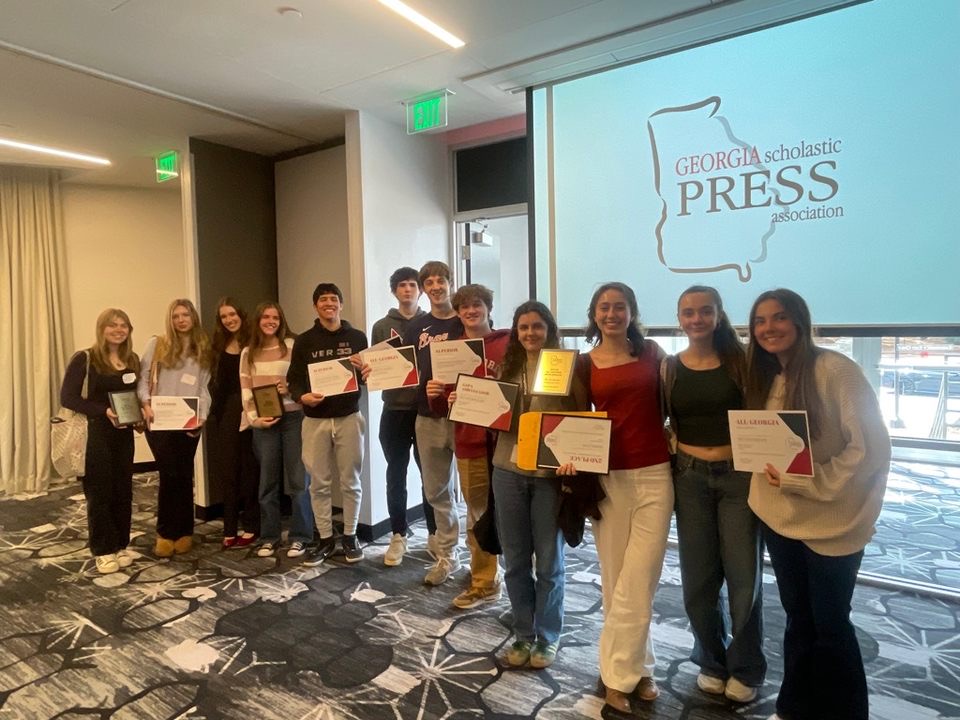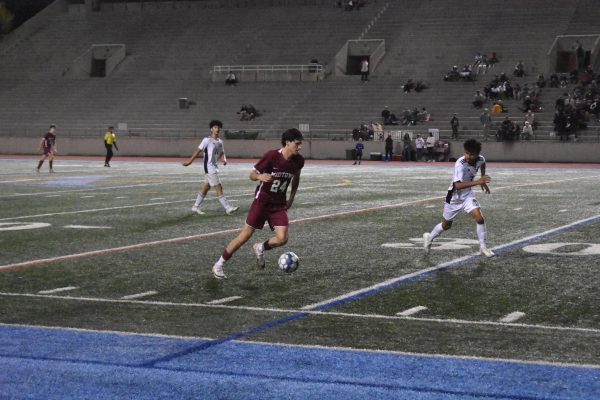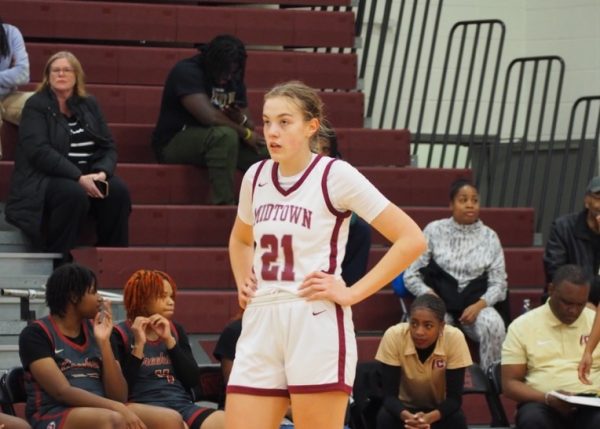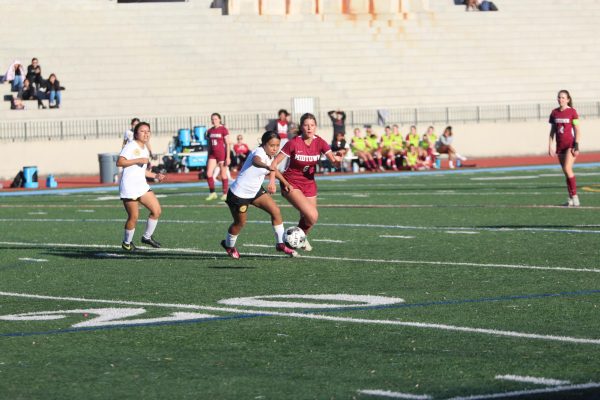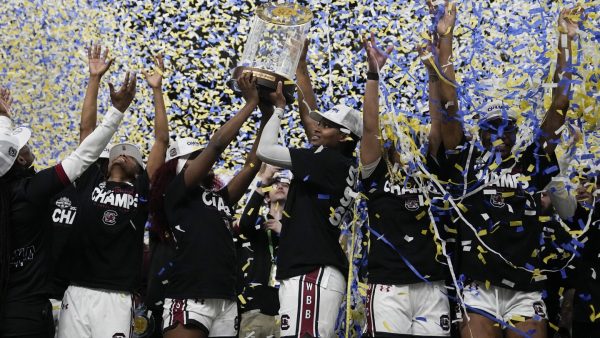NFL fails to limit concussions, player interest falls
November 4, 2016
By Caleb Weinstock
After 18 players’ deaths and 154 serious injuries in 1905, President Theodore Roosevelt made a bold statement. The game of football needed to either be changed or abolished, Roosevelt declared.
One hundred eleven years later, football is America’s most popular sport with millions of participants from youth level to professional football.
Despite the success, the game is filled with tales of the physical destruction of players. Concussions and head trauma that can lead to long-term brain damage have riddled all levels of the sport.
In the 2015 National Football League season, there were 271 documented game-related concussions, a 58 percent increase from the 2014 season. Football has the highest concussion risk of all sports, with a 75 percent chance of receiving one according to the Sports Concussion Institute.
In response to the increasing numbers, NFL commissioner Roger Goodell created new regulations for what a team must do in order to prepare for the event of a player having a concussion. One requirement is to have more team trainers and more extensive assessments of the players. The Heads Up program was created by the NFL to help teach youth football coaches safety precautions and how to teach players to tackle correctly.
The Grady football team has also taken steps to help its players.
“Atlanta Public Schools purchased Shadow Men this year for all schools, which help teach players the proper technique of tackling on a dummy instead of actual hits to the body,” football coach Earthwind Moreland said. “The mentality has changed safety-wise with people being more conscious of how they approach tackling due to all the concussion cases.”
Coaches are now teaching a new form of tackling to replace the “hurt the other guys” mentality. Players who tackle safer will not only help the person they are tackling but also themselves.
“I never had much of a problem with injuries, but I’ve definitely worked on improving on how I tackle, so I don’t get any,” said Cameron Campbell, starting outside linebacker.
The Georgia High School Association has implemented new rules for concussions. In the past, officials only removed players if they became unconscious. Now officials are instructed to remove players if they “exhibit signs” of head trauma (such as loss of consciousness, headache, dizziness, cconfusion or balance problems).
Latoya Franklin, Grady’s athletic trainer, has an extensive procedure for a player suspected of a concussion.
“Initial assessment is basically asking the athlete three or four relatively easy questions to make sure they are alert [and] coherent. Then, I try to find out any symptoms: headache, dizziness, nausea, loss of balance. From there, I check vision, eye tracking, pupil response, auditory response. It is called a cranial nerve assessment. Memory function is next,” Franklin said.
Trainers like Franklin sometimes do not have the chance to check out a player’s health because players sometimes try to avoid the process to keep playing. Players like NFL wide receiver Doug Baldwin of the Seattle Seahawks have spoken out on the number of players who “fake” their way back onto the field.
Baldwin told Bill Simmons on HBO’s “Any Given Wednesday,” that, “it’s known around the league that it’s not an exact science and guys know the protocol and cheat the protocol.”
This issue also exists on the Grady sidelines.
“Sometimes, players do try to hide it, whether it’s a big game or they are trying to impress college coaches,” Moreland said. “Sometimes, it’s a little bit of pressure to try to stay on the field, but a lot of players don’t realize the future impact of that head injury.”
Even with new rules and protocols, work remains. With football continuing to make money and entertain millions of viewers, prioritizing the well being of players is a controversial issue, and the choice to keep playing football seems harder and harder as the number of kids playing football has decreased from 3 million to 2.2 million from 2010 to 2015, according to a New York Times review of a NFL concussion study.
“We can only reduce the risk of concussions,” Moreland said. “We won’t be able to stop all concussions. The only way to stop concussions in football is to not play football.”
